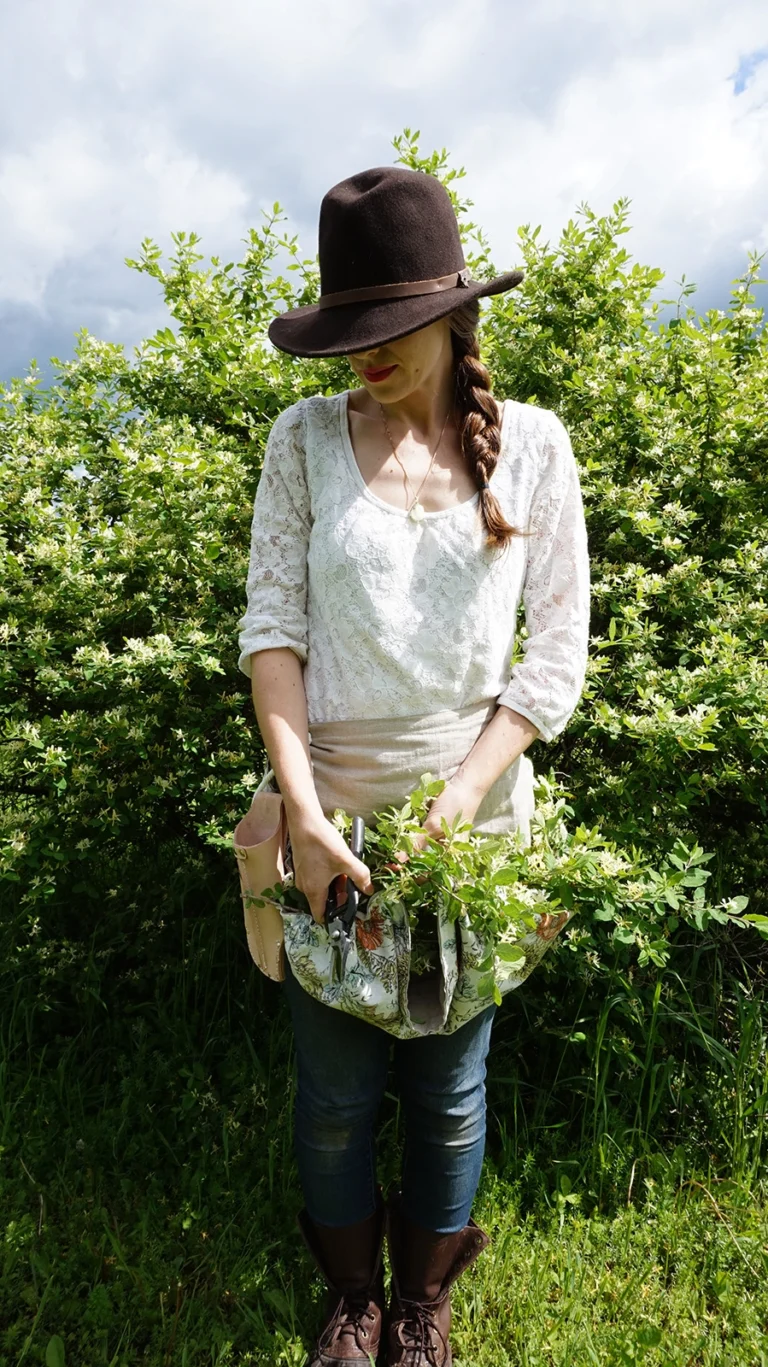Rocket Woman

I’ve had a brief but gleeful love affair with Wintercrest—a little weed with a cute nickname: Yellow Rocket.
I found to my dismay, after successfully producing a sulfuric yellow, that my time with Yellow Rocket (Barbarea Vulgaris Arcuata) has come to a close. I dearly hold on to my exhausted dyebath and roots (knowing full well there are so many yellows to be had before the winter comes) but I must wait for next spring and it’s sad to say farewell. Yellow Rocket is best harvested in April and May. Keep that in the back of your gourd.
This little gem in the mustard family packs a punch. I am about 80% German so I have to also say I’m quite partial to anything in the mustard family! This weed is pretty in my opinion and goes by several names: Bittercrest, Winter Rocket, Wound Rocket; and for that latter, it was named in honored after Saint Barbara (Barbarea) for healing wounded miners and artilleryman when used as a poultice. Some of the most useful dye materials have and are used for medicinal purposes – ever heard of St. John’s Wort? And while it’s “cooking” it has a pleasant, faint sweet mustard smell. Even afterwards the fleece smells very slightly of this aroma. Not a bad one to have in the house if the weather is bad, but I enjoyed my time outside in the sunny sunshine.
HOW TO MAKE
I was able to get 2, maybe 3 dyes from the plant matter. I’ve lost track a little even as I journal my escapades. Like I’ve said, I’m sad to let it go, so I’ve dried it since and I may try again in the winter if I even can get more out of it. In trying other additions, sumac mordanting for one, really helped push this hue. I will regale this adventure in another post. Until then, really, the hero of some of these colors, truly is held in the potential of an ammonia used as an after bath. It only really needs about 5 mins, I do 10 mins. More time probably won’t push it any further and I worry about too much stress on fibers.
Now let’s also think like a chef in the importance of adding salt to pull out the sweet. Well, this sweet dish also needed a little salt too which helps pull out dye colors out of roots. It may help soften or break it down, that’s my assumption. I believe this did help in the successive dyes but ammonia really is king when it comes to powerful color. That and starting with a tannic acid like the sumac mordant that has a yellow tone anyway.
Ammonia: Only a splash. I have a reserve bath of ammonia I sometimes keep if I’m using modifier shifts. I’ll add to it if I need to, but I hate throwing anything outif it can be reused.
INTENSIFY

1. alum mordant, simple straight immersion 1/2 hour flowers only fleece and handspun;
2. overnight soak (with salt to extract), this time added stems leaves with splash of vinegar 1 hour cook of dyestuff, removed flowers/stems 45 min. simmer fibers in dyebath + ammonia finish for commercial spun;
3. alum mordant simmered with commercial spun 45 mins. + ammonia finish, second immersion in sumac mordant, fleece;
4-5. sumac mordant simmered 45 mins. + ammonia finish, second immersion in sumac mordant + ammonia finish, fleece and lastly handspun slightly more intense.
From left to right (bottom 5 samples fleece and commercial spun) same as above with additional post saddening in iron.

I adore the range of values here. I was happy with the first pale form it took because it is so sweet and gentle, especially knowing it’s historical, medical use, but to be able to pull out something as saturated as these sulfuric yellows, well, wowee. I truly hope that the following summer yellows coming to harvest will delight me like this.

Get busy livin’ and get busy dyein’.

